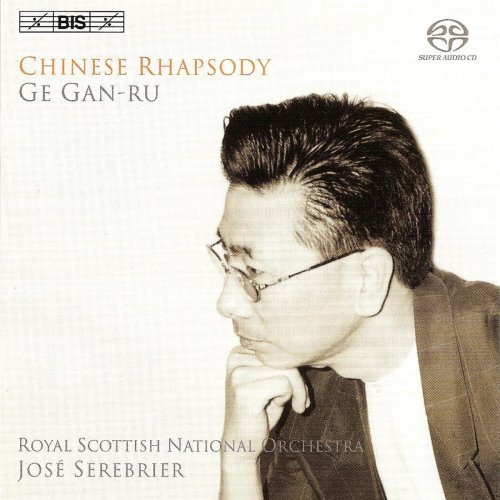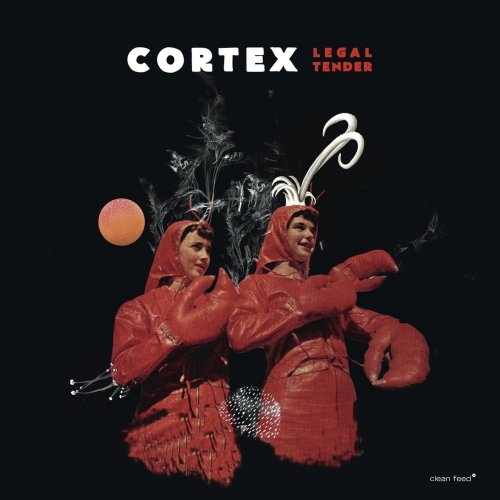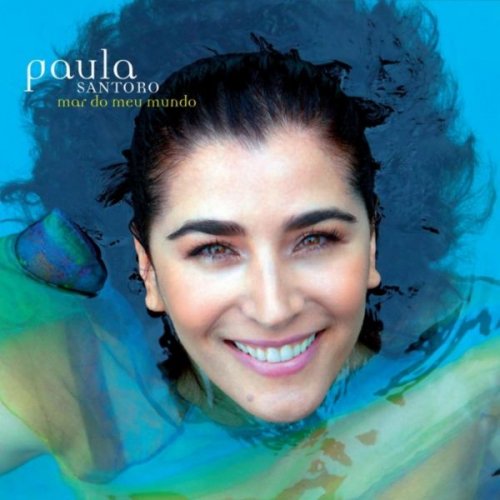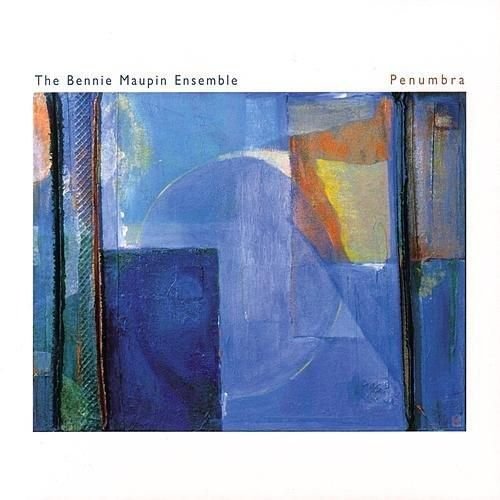The Royal Scottish National Orchestra, Margaret Leng Tan, José Serebrier - Gan-Ru Ge: Chinese Rhapsody (2005)

Artist: The Royal Scottish National Orchestra, Margaret Leng Tan, José Serebrier
Title: Gan-Ru Ge: Chinese Rhapsody
Year Of Release: 2005
Label: BIS
Genre: Classical
Quality: FLAC (tracks)
Total Time: 01:01:12
Total Size: 261 mb
WebSite: Album Preview
Tracklist: Title: Gan-Ru Ge: Chinese Rhapsody
Year Of Release: 2005
Label: BIS
Genre: Classical
Quality: FLAC (tracks)
Total Time: 01:01:12
Total Size: 261 mb
WebSite: Album Preview
01. Chinese Rhapsody (1992) 21'20
02. Wu for piano and orchestra (1986) 24'27
Ge Gan-ru
Six Pentatonic Tunes for Orchestra (2003) 14'13
03. I. Largo 4'05
04. II. Andante 1'28
05. III. Largo 1'54
06. IV. Moderato 1'57
07. V. Lento 2'44
08. VI. Moderato 2'05
Performers:
Margaret Leng Tan (piano)
Royal Scottish National Orchestra
José Serebrier
Ge Gan-Ru is widely identified as the first Chinese composer to work in an avant-garde style, a Western conceit once completely prohibited in China, especially during China's Cultural Revolution, the era in which Ge grew up and served three years in an agricultural labor camp. Ge has lived in the United States since 1983; BIS' Super Audio CD Chinese Rhapsody is the first solo outing devoted to the work of Ge. Its program of three pieces includes one item from each decade in which he has worked, the piano concerto Wu (1986) for Margaret Leng Tan and two works for orchestra, Chinese Rhapsody (1992) and Six Pentatonic Tunes (2003). Of these, Chinese Rhapsody seems the most edgy and exploratory; some listeners may not find it so "rhapsodic" in a traditional sense, and Ge admits that the choice of title was rather arbitrary. Nevertheless, it is rhapsodic in feel -- huge, impressive washes of orchestral sound lead from one to the next, greatly aided by the terrific audio quality of BIS' recording and conductor José Serebrier's committed advocacy. Wu is an ideal showcase for Leng Tan, and she spends most of her time away from the keyboard, playing on the strings, while Ge's ripieno -- more distinctively "Chinese" sounding here than elsewhere on the disc -- contributes a widely ranging superfluity of textures that support, encompass, and interact with Leng Tan; a very different approach to the standard piano concerto. Ge states, "I'm seeking timbres that I think you don't usually hear in Western music," and he has that right; even as it may seem that the Boulezes and Stockhausens have exhausted the palette of resources given to Western music and its acoustic instruments, Ge manages to find yet more colors.
Less experimental and more lighthearted is the Six Pentatonic Tunes, where Ge allows himself a bit more of a direct reference to traditional styles. TheLento movement features a haunting melody set in a style that is recognizably Chinese in sound, whereas the second Moderato is a near-polka almost reminiscent of Shostakovich. Although his adoption of the avant-garde may be Ge Gan-ru's calling card, that doesn't mean that he shuts out other forms of expression through which he may want to communicate. In sum, BIS' Ge Gan-Ru: Chinese Rhapsody is a positive and fulfilling medium through which to acquaint one's ears with this fascinating and highly gifted contemporary composer.
Less experimental and more lighthearted is the Six Pentatonic Tunes, where Ge allows himself a bit more of a direct reference to traditional styles. TheLento movement features a haunting melody set in a style that is recognizably Chinese in sound, whereas the second Moderato is a near-polka almost reminiscent of Shostakovich. Although his adoption of the avant-garde may be Ge Gan-ru's calling card, that doesn't mean that he shuts out other forms of expression through which he may want to communicate. In sum, BIS' Ge Gan-Ru: Chinese Rhapsody is a positive and fulfilling medium through which to acquaint one's ears with this fascinating and highly gifted contemporary composer.

![The Baroque Jazz Ensemble - The Baroque Jazz Ensemble (feat. Ira Schulman) (2025) [Hi-Res] The Baroque Jazz Ensemble - The Baroque Jazz Ensemble (feat. Ira Schulman) (2025) [Hi-Res]](https://img.israbox.com/img/2025-12/19/yehoqbmzkuwk180c26lz85clx.jpg)






